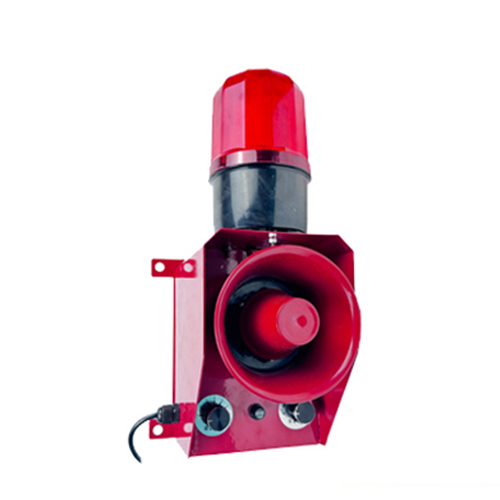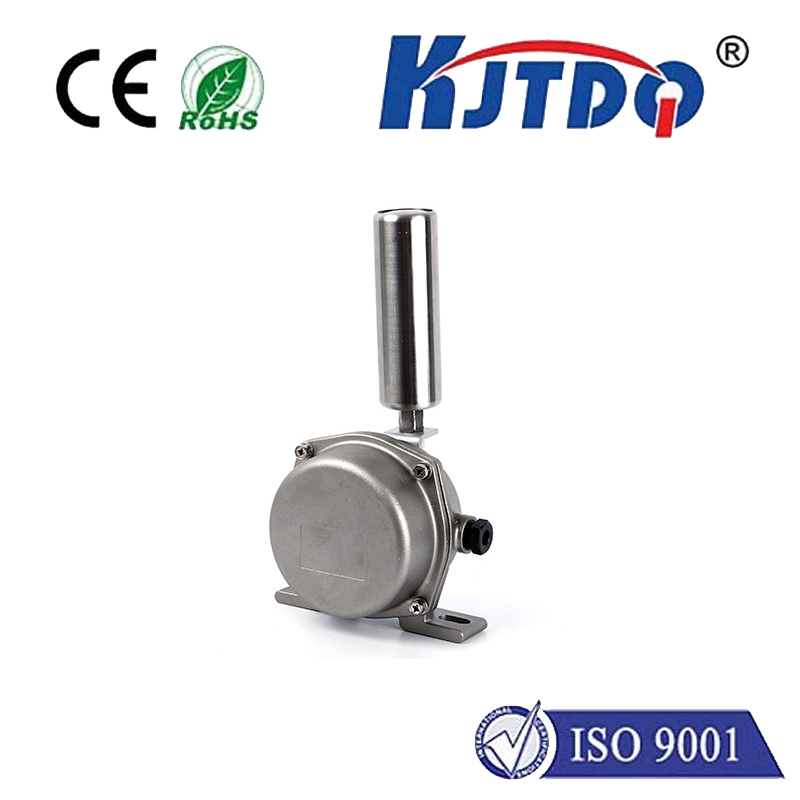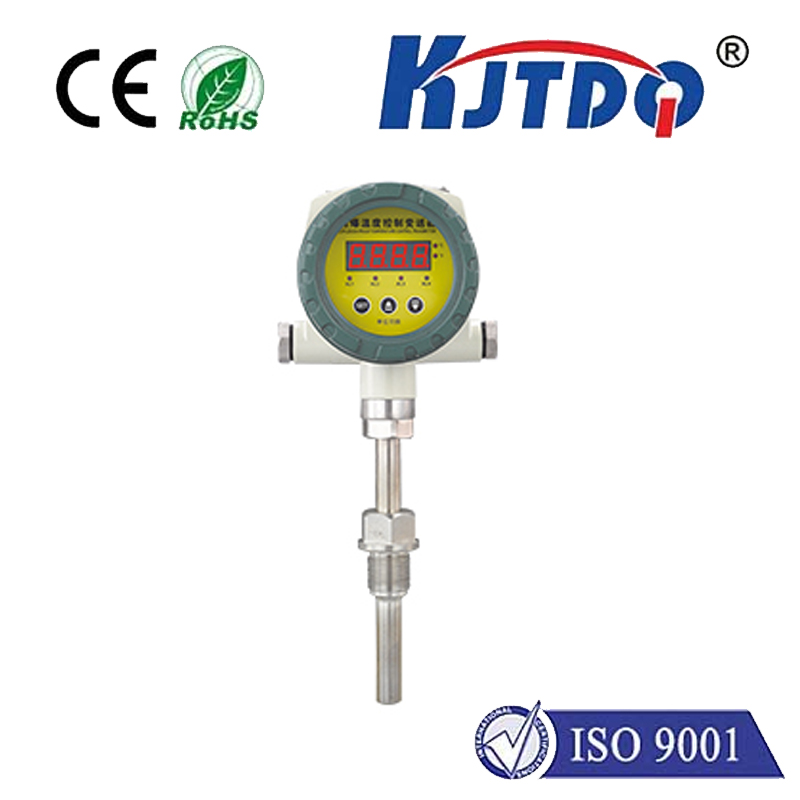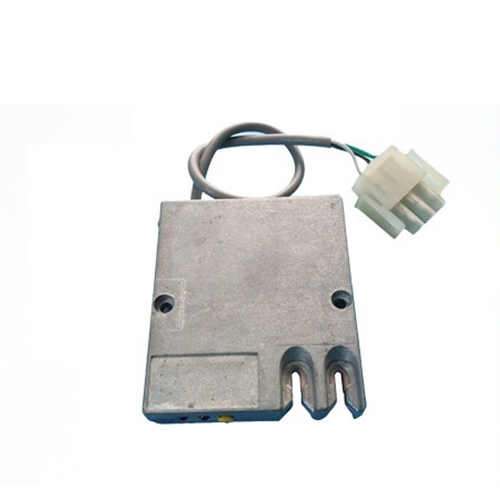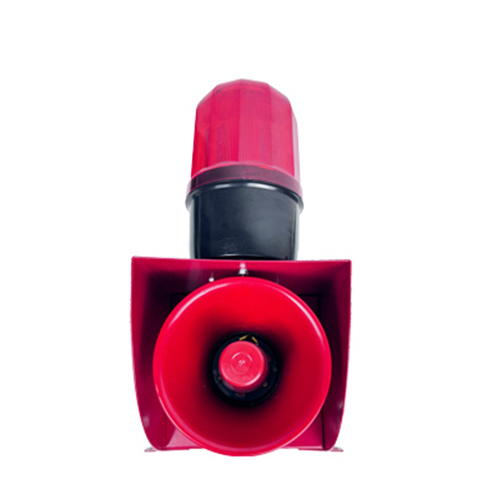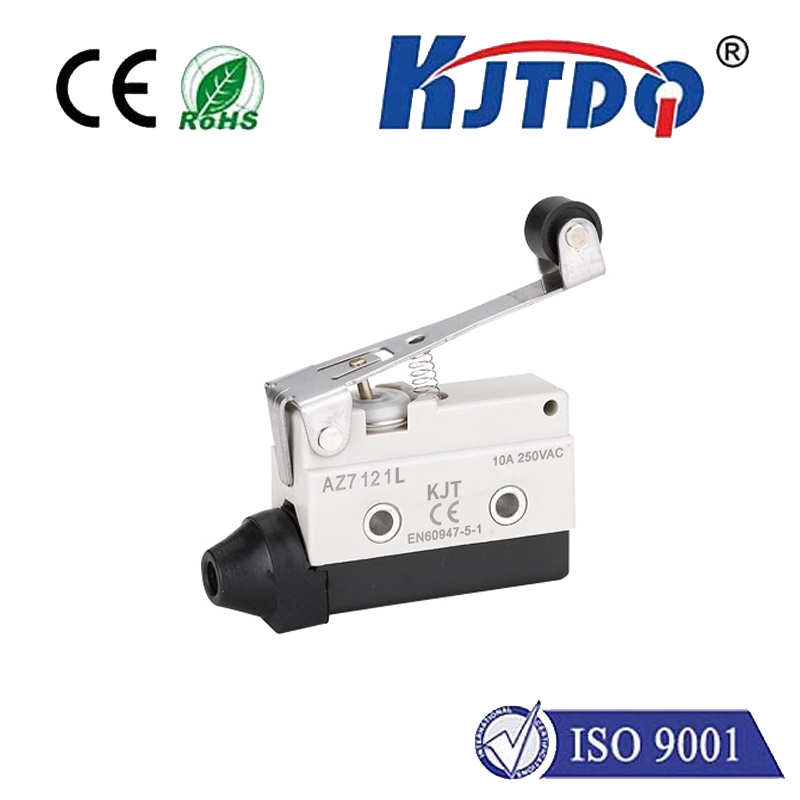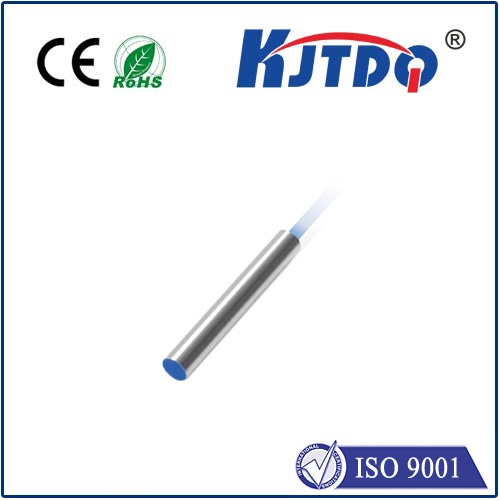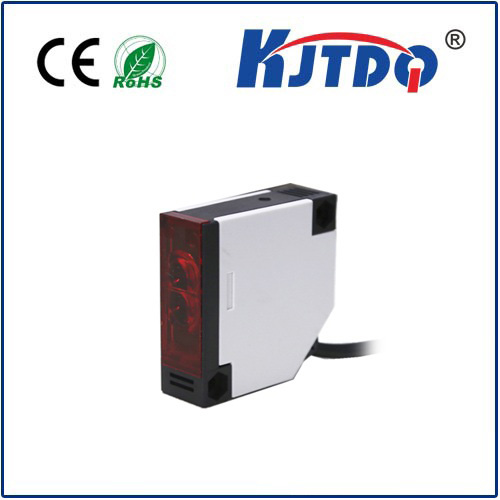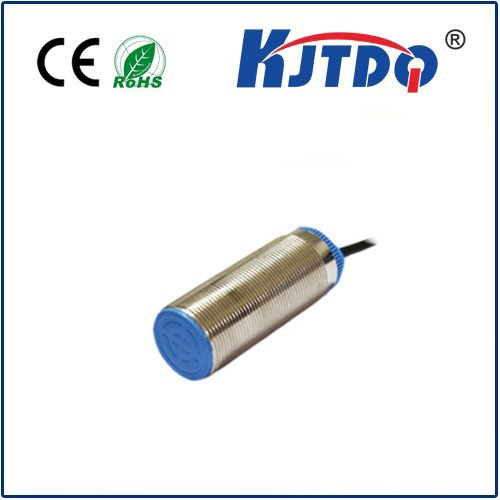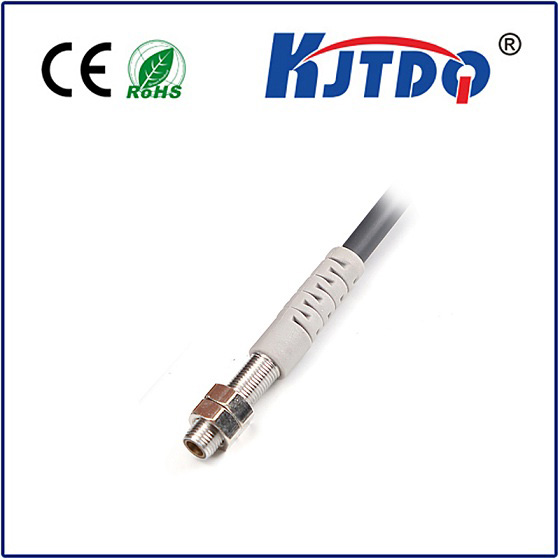BHS001Y high pressure proximity sensor
- time:2025-10-17 05:02:43
- Click:0
BHS001Y: Your Robust Solution for High-Pressure Proximity Sensing Needs
Imagine a critical hydraulic system powering heavy machinery deep in a mine, or a high-pressure pump on an offshore oil rig. The environment is punishing – immense pressures, vibrations, potential fluid exposure, and absolutely no room for sensor failure. Standard proximity sensors simply buckle under such demands. This is precisely the challenging niche the BHS001Y High Pressure Proximity Sensor is engineered to conquer. Designed for unwavering reliability where pressures soar, this sensor delivers accurate, non-contact detection where others cannot perform.
Understanding the Core Challenge: Proximity Sensing Under Pressure
Proximity sensors are ubiquitous in industrial automation, detecting the presence or absence of objects without physical contact, typically using inductive, capacitive, or magnetic principles. However, standard sensors have a critical limitation: their housing and sealing are not designed to withstand sustained extreme internal or external pressures. When deployed in high-pressure hydraulic lines, test stands, die-casting machines, or subsea applications, typical sensors risk:
- Seal Failure: Pressure can breach seals, allowing damaging fluids (oil, water, chemicals) to ingress, destroying internal electronics.
- Housing Deformation: Excessive pressure can physically distort or crush the sensor body.
- Signal Instability: Pressure fluctuations can affect internal components or sensing fields, leading to unreliable readings.
- Catastrophic Failure: Ultimately, the sensor simply stops working, causing unplanned downtime, potential safety risks, and costly repairs.
The BHS001Y directly addresses this challenge, embodying the principle: high-pressure proximity sensing requires specialized, robust construction.
The BHS001Y: Engineered for Resilience and Precision

So, what sets the BHS001Y apart? Its design philosophy revolves around extreme pressure tolerance without compromising core proximity sensing functionality. Key features include:
- Exceptional Pressure Rating: Crucially, the BHS001Y boasts a high-pressure rating, often designed to withstand pressures exceeding 40 MPa (400 bar / 5800 psi) or more, depending on specific model variants and certifications. This robust pressure handling is its defining characteristic.
- Ruggedized Housing: Constructed from high-strength materials like stainless steel (e.g., 316L), the sensor body is built to resist deformation and corrosion in harsh industrial or marine environments. Durability is paramount.
- Advanced Sealing Technology: Multi-stage, high-integrity seals (O-rings, specialized gaskets) are employed, meticulously designed and tested to prevent fluid ingress even under intense and cyclic pressure loads. This sealing is the lifeline of the sensor.
- Reliable Inductive Sensing: Typically utilizing an inductive principle, the BHS001Y detects the presence of metallic targets. Its sensing face, though robustly protected, maintains high sensitivity and a well-defined switching point.
- Electrical Protection: Features like short-circuit protection, reverse polarity protection, and overvoltage protection safeguard the sensor and connected control systems from electrical faults.
- Variety of Configurations: Often available in different sizes (e.g., M8, M12, M18, M30 threaded barrels), sensing ranges, output types (NPN/PNP, NO/NC), and connection styles (cable or connector) to suit diverse application requirements.
- IP Ratings: High Ingress Protection ratings (e.g., IP67, IP68, IP69K) are standard, ensuring resistance to dust and water jets or immersion, complementing its pressure resilience.
Where the BHS001Y Becomes Indispensable: Applications
The BHS001Y finds its true calling in environments where pressure is a constant adversary. Prime application areas include:
- Hydraulic Systems: Monitoring piston position within high-pressure hydraulic cylinders, detecting valve spool position, confirming clamp status in high-tonnage presses. Reliable position feedback is critical for system control and safety.
- Fluid Power Testing: Endurance and pressure testing rigs for hydraulic components (pumps, valves, hoses) require sensors that can survive the extreme conditions being tested.
- Die Casting and Plastic Injection Molding: Sensing core pulls, ejector positions, or clamp locks within machines generating immense clamping forces and potential high internal pressures.
- Oil & Gas (Onshore/Offshore): Monitoring valve actuators, blow-out preventers (BOPs), Christmas trees, and subsea equipment where pressure ratings are non-negotiable for safety and environmental protection.
- Heavy Machinery & Construction Equipment: Sensing boom angles, cylinder extensions, or implement positions on excavators, cranes, and loaders operating powerful hydraulic systems.
- High-Pressure Pumps and Compressors: Verifying operational states, detecting rotor position, or monitoring safety interlocks.
- Test Laboratories: Any rig or setup involving high-pressure fluids or gases where reliable position or presence detection is needed within the pressurized zone.
Beyond Pressure: The Tangible Benefits
Choosing the BHS001Y High Pressure Proximity Sensor isn’t just about surviving pressure; it’s about delivering tangible operational advantages:
- Minimized Downtime: Its rugged design drastically reduces failures caused by pressure spikes or seal degradation, keeping production lines and critical systems running. Reduced unplanned stops equal significant cost savings.
- Enhanced Safety: Reliable detection in high-pressure systems is crucial to prevent dangerous malfunctions or uncontrolled energy releases. This sensor acts as a vital safety sentinel.
- Long Service Life: Engineered for harsh conditions, the BHS001Y offers significantly longer operational life compared to standard sensors in demanding applications, lowering total cost of ownership.
- Maintained Process Accuracy: Consistent and reliable switching ensures process control loops receive accurate feedback, maintaining product quality and system efficiency.
- Reduced Maintenance Costs: With fewer failures and longer replacement intervals, maintenance schedules become less frequent and less costly. Robustness translates directly to lower operational expenditure.
Selecting the Right BHS001Y and Ensuring Optimal Use
When integrating the BHS001Y, attention to detail ensures peak performance:
- Verify Pressure Rating: Critically match the sensor’s specified pressure rating (both static and dynamic) to your application’s maximum operating pressure, including potential surge pressures. Never exceed the rating.
- Chemical Compatibility: Ensure the sensor housing material (stainless steel type) and seals are compatible with the fluids (hydraulic oil, seawater, chemicals) present in your environment.
- Temperature Range: Confirm the sensor’s operating temperature range aligns with the application conditions.
- Sensing Range & Target: Select the appropriate sensing distance and ensure the target material (typically ferrous metal) and size meet the sensor’s specifications. Mounting distance is key.
- Electrical Specifications: Match the output type (NPN/PNP), voltage, and current requirements to your control system.
- Proper Installation: Follow manufacturer guidelines for tightening torque to avoid damaging seals or threads. Ensure the sensing face is correctly oriented towards the target. Protect cabling from abrasion.
- Environmental Protection: While inherently rugged, ensure connectors or cable glands are also rated for the environment (IP rating maintained).
A Critical Component for Demanding Environments
In the relentless world of high-pressure industrial automation, sensor failure is not an option. The BHS001Y High Pressure Proximity Sensor stands as a testament to engineering focused on overcoming extreme environmental challenges. It goes beyond simple proximity detection, delivering exceptional pressure resilience, robust construction, and unwavering reliability precisely where these attributes matter most. For engineers designing and maintaining systems operating under immense hydraulic or pneumatic forces, the BHS001Y isn’t just a component; it’s a vital investment in uptime, safety, and long-term operational efficiency. When pressure is the defining factor, specifying a sensor built to handle it, like the BHS001Y, is the only logical choice.






